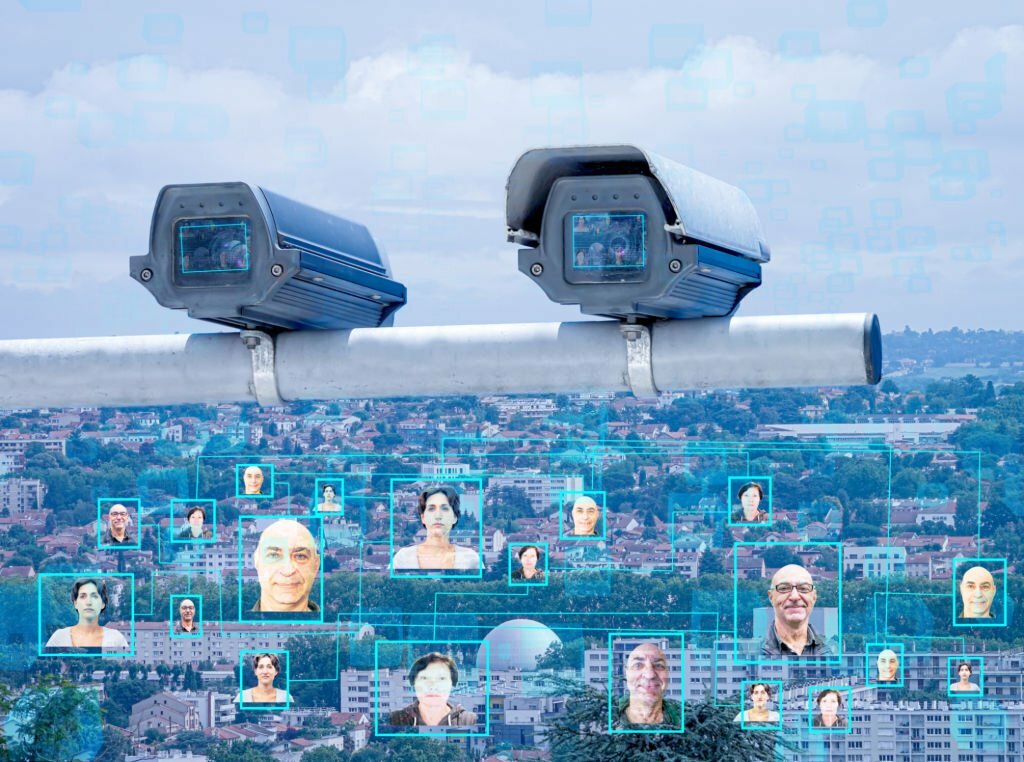
Facial recognition software has undergone a remarkable evolution in recent years, transitioning from its early applications in security and law enforcement to a myriad of new and emerging fields. As technology continues to advance, the capabilities of facial recognition are expanding, enabling innovative solutions across various industries. This article explores the evolution of facial recognition software and delves into its new and emerging applications.
I. The Genesis: Security and Law Enforcement

The journey of facial recognition software began in the realm of security and law enforcement. Originally developed to enhance surveillance systems, it quickly became a powerful tool for identifying and tracking individuals. Government agencies and private organizations adopted facial recognition to bolster security measures, leveraging its ability to match faces against databases of known individuals.
II. Mainstream Integration: Unlocking Smartphones and Personal Devices
The integration of facial recognition into everyday devices marked a significant shift in its adoption. Smartphones, in particular, started featuring facial recognition as a biometric authentication method. Users could unlock their devices with a simple glance, making it a convenient and secure alternative to traditional passcodes or fingerprint scanning. This marked the beginning of facial recognition becoming more commonplace in consumer electronics.
III. Enhanced User Experience: Retail and Customer Service

In the retail sector, facial recognition is being used to enhance the customer experience. Some stores utilize this technology to identify loyal customers and offer personalized services. From targeted promotions to tailored recommendations, facial recognition is revolutionizing the way businesses interact with their clientele. This personalized approach not only streamlines the shopping experience but also fosters customer loyalty.
IV. Healthcare Applications: Patient Identification and Diagnosis
The healthcare industry has also embraced facial recognition technology for various applications. One notable use is in patient identification systems. By implementing facial recognition, hospitals and healthcare facilities can accurately identify patients, reducing the risk of medical errors and ensuring the right treatment is administered to the right individual. Additionally, facial recognition is being explored as a diagnostic tool for certain medical conditions that manifest in facial features.
V. Education Sector: Campus Security and Attendance Tracking
Facial recognition has found its way into educational institutions, primarily for campus security and attendance tracking. Some schools and universities use facial recognition to control access to secure areas and monitor premises for unauthorized individuals. In terms of attendance, this technology streamlines the process, eliminating the need for manual roll calls and providing a more efficient means of tracking student presence.
VI. Transportation and Travel: Seamless Passenger Experience

In the transportation sector, facial recognition is revolutionizing the travel experience. Airports and airlines are employing this technology to expedite check-in processes, enhance security screenings, and improve overall efficiency. Passengers can move seamlessly through various checkpoints with a simple facial scan, reducing waiting times and enhancing the overall travel experience.
VII. Financial Services: Secure Transactions and Fraud Prevention
Facial recognition is making waves in the financial services industry, particularly in ensuring secure transactions and preventing fraud. Some banks and financial institutions are implementing facial recognition as an additional layer of authentication for online and mobile banking. This technology adds an extra level of security by verifying the user’s identity through facial biometrics, making it harder for unauthorized individuals to gain access to sensitive financial information.
VIII. Entertainment and Gaming: Immersive Experiences
In the realm of entertainment and gaming, facial recognition is contributing to more immersive experiences. Some gaming platforms use this technology to create avatars that mimic the player’s facial expressions in real-time, enhancing the level of engagement and emotional connection in virtual environments. This application extends beyond gaming, as facial recognition is also being explored for interactive experiences in theme parks and entertainment venues.
IX. Ethical Considerations and Privacy Concerns

Despite its growing applications, facial recognition technology raises ethical and privacy concerns. The potential for misuse, surveillance overreach, and the collection of sensitive biometric data without consent are issues that demand careful consideration. As facial recognition becomes more pervasive, policymakers, technologists, and society as a whole must collaborate to establish robust ethical frameworks and regulations to ensure responsible and transparent use.
X. Future Directions: Advancements and Challenges
Looking ahead, the evolution of facial recognition software is poised to continue, with advancements in artificial intelligence and machine learning driving its capabilities even further. However, challenges such as bias in algorithms, accuracy concerns, and the need for comprehensive regulations will persist. Striking a balance between technological innovation and ethical considerations will be crucial in shaping the future of facial recognition.
Conclusion
Facial recognition software, once confined to the realms of security and law enforcement, has evolved into a versatile technology with applications across diverse sectors. From healthcare and education to finance and entertainment, the expanding landscape of facial recognition is reshaping industries and streamlining processes. As we embrace these innovations, it is imperative to address ethical considerations and privacy concerns, ensuring that the integration of facial recognition technology aligns with societal values and safeguards individual rights in this rapidly evolving digital age.